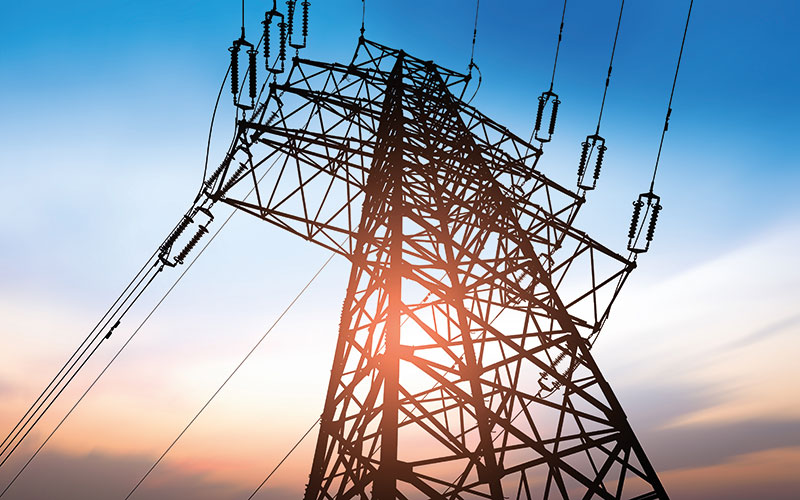Utilities must act now on energy transition
Dana Hanson at EY Americas urges US utilities to reinvent themselves

In an increasingly decarbonised, digitalised and decentralised energy world, the ageing US power system needs to evolve.
A grid fit for the future
During the next decade, the traditional US electricity distribution system is poised to experience significant change as zero-carbon commitments accelerate the need to integrate more intermittent renewable energy. Grid modernisation and an expanding digital ecosystem have elevated the importance of securing physical and cyber assets. Resilience is a priority, given the increasing frequency and intensity of extreme weather events.
Against this backdrop, the reduced cost of distributed energy resources (DERs) has led utility customers to become more active participants in their energy consumption. Although distributed solar makes up around 1% of total US electricity generation today, this is expected to quadruple during the next decade. In certain regions, such as California and the US Northeast, penetration will be much higher and have a negative impact on traditional sales of grid-supplied electricity.
Electrification throughout the economy, especially in transportation, promises new sources of load and revenue. By 2030, nearly 19m electric vehicles (EVs) are expected on US roads, compared to less than 2m today.
Reinvention will be key
Distribution utilities are facing pressure to reinvent themselves amid the rise of renewables, DERs and EVs. They will need to remain relevant by seizing the opportunity to shape the electric grid’s evolution and capture the right roles in the future energy ecosystem. A recent EY and GridWise Alliance report that includes insights from C-suite leaders of some of the largest US utilities recommends utilities embark on a three-phase investment journey to develop new, enhanced capabilities across every aspect of their business.
Phase 1: Connect and protect
As DER deployment accelerates, utilities need to continue investing in grid modernisation programmes and resilience. Granular modelling, forecasting methodologies and greater visibility over connections will be critical to understand the scale and scope of DER deployment. DERs leave the grid edge exposed to physical and cyber threats at multiple entry points. Utilities can improve security by using risk-informed approaches to manage their assets and operations.
Phase 2: Sense and enable
Advanced sensor deployment will create situational awareness at the grid edge and enable improved real-time monitoring and control. DER management systems (DERMS) and broader advanced distribution management system (ADMS) strategies will become increasingly important with greater DER deployments. With real-time visibility over power flows, distribution utilities can position themselves as neutral market facilitators and platform providers. Customer inquiries, connections and installations can become more streamlined. Non-wire alternatives can be deployed across the network for managing energy consumption more sustainably. Many of these capabilities will require new strategic partnerships, with the exact role of the utility still to be determined and likely differing according to state regulation and legislation (for example EV opportunities and value pools, such as public charging infrastructure).
Phase 3: Optimise and control
The final investment phase prepares distribution utilities for additional higher- level responsibilities and enhanced customer engagement. By investing in full DERMS/ ADMS capabilities, advanced analytics and dynamic pricing mechanisms, the distribution utility will be better placed to balance local supply and demand in a more integrated way. DER optimisation and a more streamlined coordination of wholesale energy market transactions will ensure power reliability at the local level. At the same time, utilities, their partners and third parties will be able to provide customers with enhanced experiences and additional services, as innovation platforms evolve and mature.
Equipped with new capabilities, distribution utilities can embrace a future enriched by DERs – and become crucial players in the clean energy ecosystem.
By Dana Hanson, Principal, Ernst & Young LLP and EY Americas Power and Utilities Leader.
The views expressed are those of the author and are not necessarily those of Ernst & Young LLP/EY
Image credit | iStock






Follow us
Advertise
Free e-Newsletter